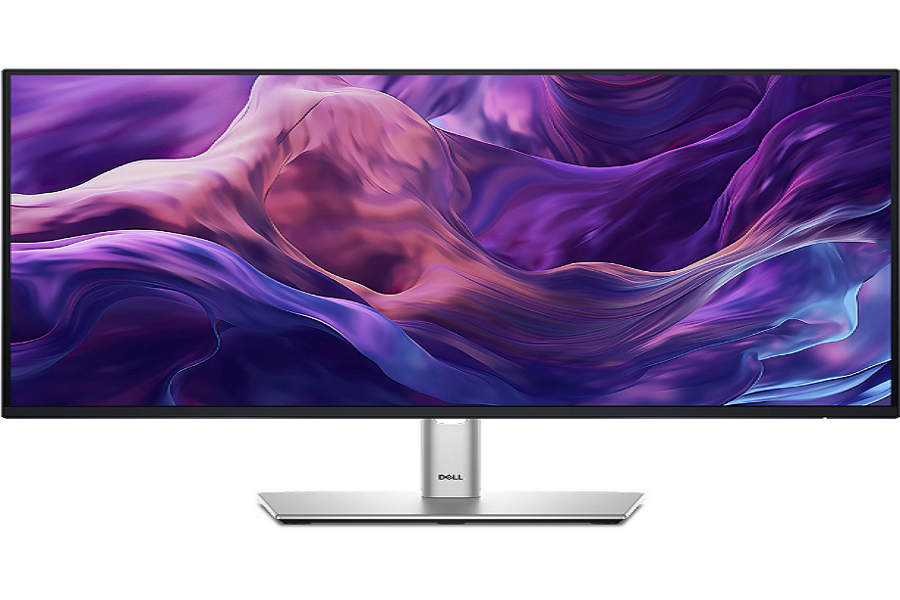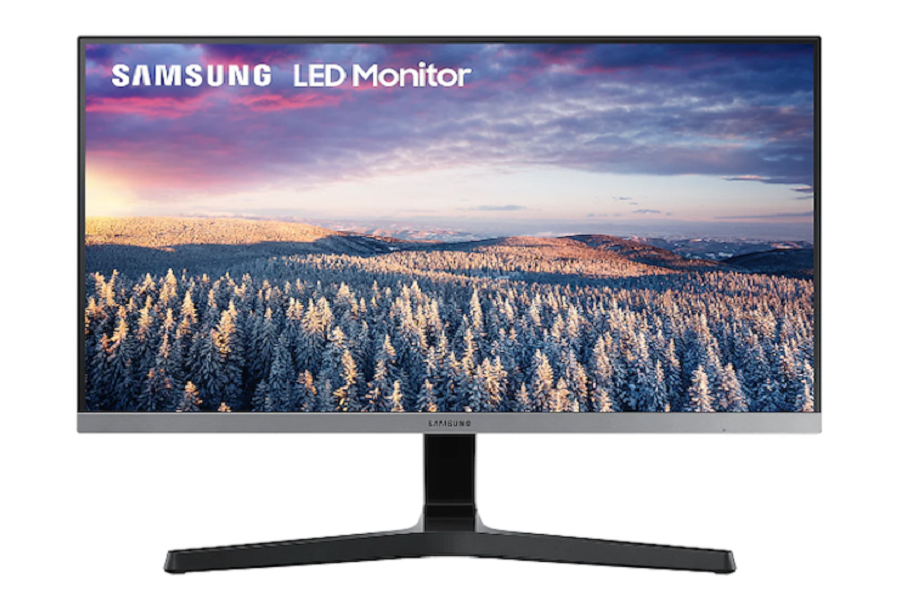When selecting a monitor for photo editing, the screen size plays a crucial role in striking a balance between usability and detail. A 24-inch monitor offers a well-considered compromise, allowing users to view their images in a larger-than-life format while still fitting comfortably into various workspace setups. This screen size is particularly advantageous for those who may have limited desk space or prefer a more compact workstation without sacrificing visibility.
Why Choose a 24-Inch Monitor for Photo Editing?
Another significant factor is pixel density, which correlates directly with the clarity of image representation. A 24-inch monitor typically offers a resolution of at least 1920×1080 (Full HD), and many models exceed this, providing better pixel density. Higher pixel density ensures that edits made to photos are displayed with greater precision. This is particularly important in photo editing tasks where every detail matters, from color fidelity to sharpness.
In addition to screen size and pixel density, Best 24 inch monitor for photo editing is paramount for photographers and designers. Professionals rely on monitors that accurately reproduce colors to ensure their final products are true to life. Many 24-inch monitors designed for photo editing come factory calibrated and boast a wide color gamut, allowing users to work with confidence knowing the colors they see will be consistent across various media platforms.
Furthermore, a 24-inch monitor fits seamlessly into various workspace environments, whether it be a home office, a shared studio, or a corporate setting. The ergonomic aspects of such a monitor are enhanced by its manageable dimensions, making it easily adjustable for optimal viewing angles. This versatility ensures that various users, regardless of their specific editing needs, can appreciate the benefits of working with a quality 24-inch display.
Key Features to Look for in a 24-Inch Monitor
When selecting a 24-inch monitor for photo editing, several key features can significantly enhance the editing experience, ensuring that the display meets the required professional standards. One of the most critical aspects to consider is the color gamut coverage. A monitor with a wide color gamut, particularly one that supports sRGB or Adobe RGB, allows for a more accurate representation of colors, making it essential for editors who need precise and vibrant color accuracy in their work.

Additionally, resolution is another crucial factor. Editors can choose between Full HD (1920×1080) and 4K (3840×2160) options. While Full HD may suffice for basic editing tasks, a 4K resolution provides enhanced clarity and detail, which is particularly beneficial when working with high-resolution images or performing detailed corrections. Choosing a higher resolution will help ensure that the intricacies of photographs are visible, thus leading to better editing results.
The type of panel also plays a vital role in the performance of a monitor. IPS (In-Plane Switching) panels are more favorable over TN (Twisted Nematic) panels due to their superior color reproduction and wider viewing angles. For photo editing, IPS panels are highly recommended as they maintain color consistency and clarity even when viewed from different angles. Moreover, the refresh rate, though less critical for editing than gaming, can still affect the smoothness of scrolling and general usage; a refresh rate of at least 60Hz is advisable.
Connectivity options, including HDMI and DisplayPort, are essential for compatibility with various devices. Adequate connectivity allows seamless integration with cameras, graphic tablets, and other peripherals, which is fundamental for efficient editing workflows. Lastly, ergonomic design should not be overlooked. Monitors with adjustable heights, tilting capabilities, and VESA mount compatibility enable users to customize their workspace for comfort, preventing strain during extended editing sessions.
Related Articles: Google tools photo editing
Top Recommendations for 24-Inch Monitors in 2023
As the demand for high-quality displays continues to grow, choosing the best 24-inch monitor for photo editing can significantly impact the quality of your work. Below are some of our top recommendations for 2023, tailored specifically for photographers and designers alike.
BenQ PD2400Q – This monitor offers a stunning 2560 x 1440 resolution, providing exceptional clarity and detail. It features an IPS panel for consistent color reproduction and supports 100% sRGB and 96% AdobeRGB color spaces. The ergonomic design, including height adjustment and tilt, makes it convenient for long editing sessions. Its built-in color calibration technology ensures accurate colors have minimal drift, making it an ideal choice for professionals.
ASUS ProArt PA248QV – Designed with creative professionals in mind, the ASUS ProArt PA248QV boasts a 1920 x 1200 resolution and an impressive color accuracy of Delta E < 2. This monitor comes factory-calibrated and supports 100% sRGB coverage, making it suitable for photo editing. Additionally, it includes multiple connectivity options including DisplayPort, HDMI, and USB ports. Its versatility and competitive pricing further enhance its appeal to photo editors.
Dell UltraSharp U2415 – With an ultra-thin bezel, the Dell UltraSharp U2415 is perfect for multi-monitor setups. This 24-inch monitor offers a 1920 x 1200 resolution along with a color gamut of 99% sRGB. The IPS panel ensures wide viewing angles, making it easier to see color accuracy from various positions. Its robust adjustability options and reliable performance have earned it high praise among photography professionals.
Choosing the right 24-inch monitor for photo editing involves balancing specifications, pricing, and personal preference. Each of these options delivers quality performance and features tailored for editing, helping users achieve their best work efficiently.

